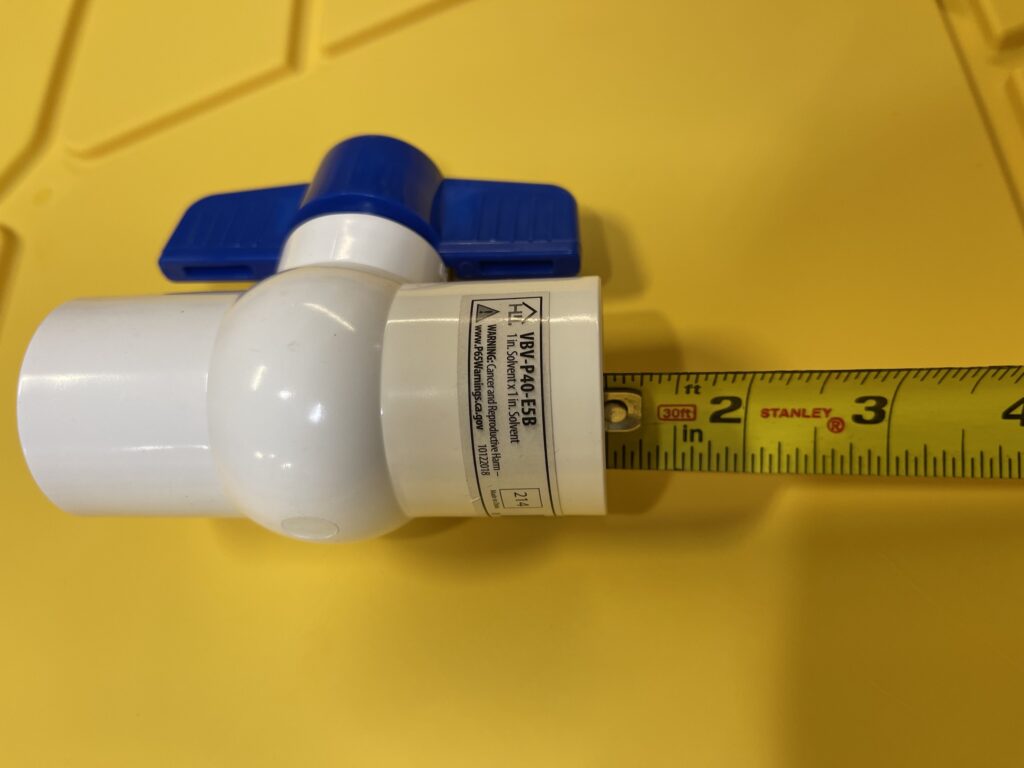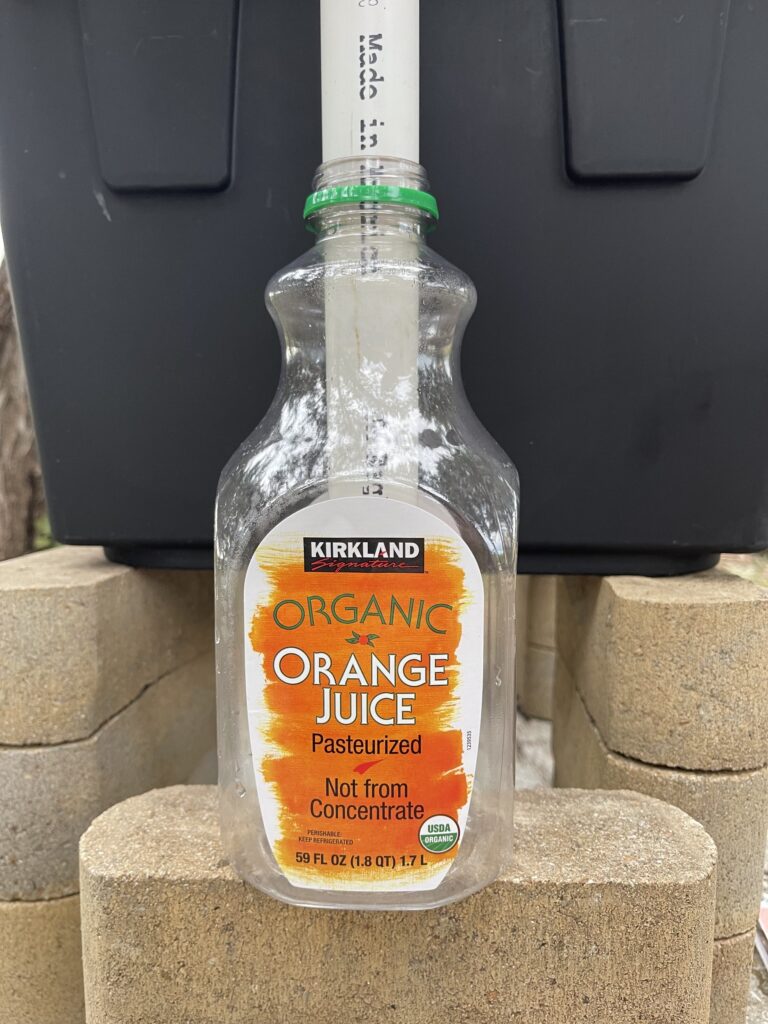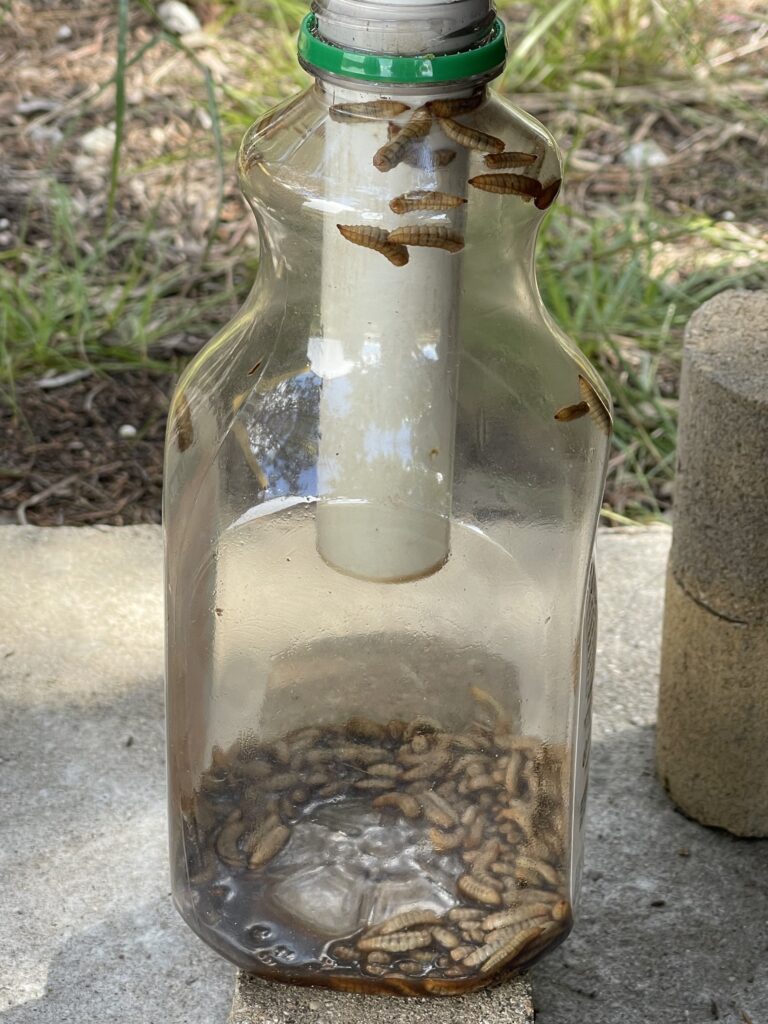Tools needed
- Eye protection
- Ear protection
- Breathing protection (your COVID face mask should suffice)
- Ratcheting PVC Cutter capable of cutting 1″ pipe
- I used a Husky 2 in. Ratcheting PVC Cutter.
- Dremel
- Power drill and bits
- I used the Ryobi Drill and Drive Kit (90-Piece).
- 1/16″ bit — used for making a water drainage pipe at the base of the bin.
- 1.25″ hole saw bit — used for creating holes for the pipes.
- I used the Ryobi Drill and Drive Kit (90-Piece).
- Tape measure
- 10 oz caulk gun and silicone.
- I used a generic one with a 10 oz. GE silicone tube. Cheap caulk guns are around $5, although you may be able to forgo these two with a 3 oz. caulk tube.
- Scissors
- Sharpie / Marker
- Shop Vacuum
Optional
- Rubber Mallet
- Used for gently hammering PVC pipe into attachments. My cuts were based on 1″ attachment depth when interlocking the pieces, I connected these by hand, and so that I could detach or move them if I needed to.
- Empty Costco orange juice bottle (Item #1073013)
- It fits perfectly around the bin’s 1″ diameter exit pipe for catching larvae that have hit the pupa stage and are looking to burrow into the soil to pupate for 2–3 weeks.
- Bricks
- You’ll need at least 4 bricks for the bin, and if you’re collecting pupa in a bottle, consider keeping the bottle at a lower level. I use 12 bricks to hold my bin above the ground (3 bricks per corner), and 2 bricks to hold an empty orange juice bottle one level lower.
Table of Contents


